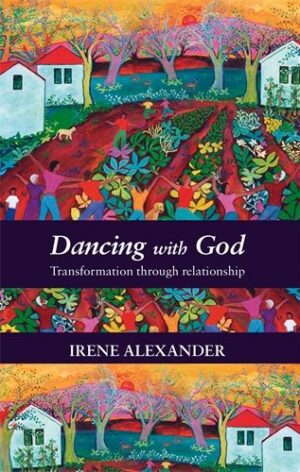



The story of the woman at the well in John 4 is one of the longest stories about an individual in the gospels. Why does John spend so much time with it? Perhaps because it tells us so much about God (and God in the face of Jesus), as well as about our need – pictured in the woman.
Take some time to imagine yourself in the story. What do you see, hear, smell, taste, touch, and feel. What do you notice when you put yourself in the woman’s shoes? Or Jesus’s shoes?
Share some of your noticing’s with the group.
How has this exercise changed your perspective on this well-known story?
In the light of the previous chapter how do you see the woman’s longing? And Jesus’ responses to that longing?
In the story of the woman at the well Jesus invited the woman to name her own thirst, and her own longing, to eventually articulate her desire for the Messiah. Jesus then meets her at her point of need. He does this time after time. Think of other stories where Jesus has listened and then responded according to where the other person was at.
The concept of shadow is not an easy one to grasp. Shadow are those parts of ourselves that we hide because we think of them as negative. Our society or family names certain aspects as wrong, bad, or negative and so we want to disown them. It is easier to see shadow in someone else than to see it in ourselves.
In the story of the woman at the well what would you name as shadow?
Carl Jung said that shadow was 80% gold. Thinking of the woman at the well, Peter, Paul, even Tristan and Iseult, talk about what you see as shadow – and how that could also be gold.
Take some time to think about what might be shadow in yourself. Other people, especially family, have probably criticised you at times. This might be shadow – parts that are unacceptable and yet have a good side to them. Or there might be parts of yourself that you don’t like but others have commented positively.
As a group see if you can help each other identify what might be shadow in your personality or behaviour. Try and identify the gold. You will probably need help with this if you haven’t done it before.
Dreams often show us shadow parts. Some people are not so good at remembering dreams, but there are probably some in the group who do remember and would be willing to talk about them. Another person of the same gender as you in your dream may well represent shadow.
Take some time to discuss this. It may be that you will need a further book or knowledgeable person to untangle this further.
Sexuality and anger often form part of our shadow as they have been repressed – but there is good energy there if we are patient and persistent. Talk about how you express your anger and see if you can decipher what is healthy in your anger. Often it points to injustice or fear or grief – all important aspects to be explored.
The Old Testament characters Abraham, Joseph, Gideon and David are mentioned as having shadow stories.
Discuss how their weaknesses may also have been their strengths.
Read the story of John the Baptist as imagined in Mary’s remembrance. Does this interpretation ring true with your reading of the Bible stories about him. See if you can notice shadow – the strength and the weakness, the gift and the shadow intertwined.